What is Respiratory Protective Equipment (RPE)?
Any personal equipment used to protect the wearer from inhaling hazardous substances, including dust, gases, fumes, sprays, or particles.
Who needs to wear RPE?
The general rule is that RPE should be used as a last resort, and all efforts should be made first hand to:
A. Eliminate the hazard (or what is creating the harmful airborne substance)
B. Use a substitute substance that is less/not harmful
C. Control the atmosphere (with ventilation systems)
D. Control/limit who has access to the work area
E. Employ the use of RPE such as masks and respirators

Types of Respiratory Equipment
There are three main types of respiratory protection:
- Particulate respirators/masks that filter out dust or gas respirators that protect against gas and vapors.
- Powered air purifying respirators (PAPRs) which forces contaminated air through filters to purify it.
- Supplied air respirators which provide clean air from a cylinder
Particulate respirators are also available as disposable masks (such as the KN95 masks) or half-face reusable masks with replaceable filters.

Choosing the right RPE
To choose the correct mask or respirator, you should understand what level of protection you need and what substances you are working with. You may need a different type of respirator depending on whether you work with toxic mist/sprays, gases and vapors, or solids.
You also need to ensure the mask or respirator fits as things such as facial hair will affect how the mask sits on your face.
Masks and respirators should always cover the mouth AND nose!
The type and duration of work is also a factor in the type of mask you choose – are you wearing it all day or just for a short time? Are you in a confined space, ventilated room or working outdoors? How physical is the work – are you puffing or sweating? Whatever your work is, you should regularly clean your mask and check for defects.
Respiratory Standards and Ratings
There are also specific standards all RPE must comply with in order to provide the right level of protection.
AS/NZS 1716:2003 – This is the performance standard for respiratory protective devices (RPDs). Worksafe regulators expect respirators used in workplaces to meet the requirements of this standard.
AS/NZS 1715 – This covers the selection, use and maintenance of RPDs and provides users with the information they need to use appropriate RPDs. It also gives guidance on selection factors, types of respirators available their performance and their applications.
For disposable dust masks (particulate respirators), there are three commonly used ratings: P1, P2, and P3.
P1 masks are recommended for workplaces with low levels of dust, like places where hand sanding, cutting, and drilling is done. These masks are able to protect the users from liquid and solid aerosols. The OEL and APF of P1 masks are 4x which means that they can protect against dust in 4x limit concentration.
P2 masks offer higher protection than P1 and are ideal for workplaces which involves sanding and plastering with moderate dust levels. Like P1 masks, the P2 masks can also protect against liquid and solid aerosols. The OEL of P2 masks is 12x while the APF is 10x.
P3 dust masks offer higher protection than the P2 and P1 mask and is used in workplaces with a higher concentration of dust. Workers who handle hazardous powders like the ones that are used in the pharmaceutical industry generally use P3 masks.
Whatever the task, Wise Trade Safety has a range of respiratory equipment to suit!


